Table of Contents
Note from Zac
Teaching can be an integral process towards demonstrating mastery of a concept, but what does it take to teach? How does one demonstrate expertise?
Trial and error is one key component of that process. A teacher in our field must know what works and does not work. This process is something Lucy Hendricks has practiced in spades, and what makes her a great teacher. Having attended her and Michelle aka “Coach Bo” Boland’s course, I can testify to her skills at making complex topics simple.
In today’s post, Lucy outlines some critical steps that must be taken to become an effective teacher in the fitness industry, and how to know who you should trust when it comes to applying information.
Enjoy!
The Industry Bullshit Meter
I was catching up with a friend after not seeing her for over a year.
I gave her a quick update on the hardest year of my life where almost every aspect of my life seemed to fall apart, but It ended with “however, It turns out I’m really good at teaching coaches how to coach, that’s going really well, so I have that going for me.”
I feel like it’s the one thing I’m good at, and not in a self-deprecating kind of way, more in a proud way.
I take coaching movement so seriously the rest of my life just gets ignored. I sometimes don’t eat or clean because I’m busy honing my craft. I’ll even forget to pay my bills because I’m so focused on how I can become a better coach and teach other coaches. You should see my laundry basket right now. Not good for my health or my credit, but good for you if you attend my workshops or read my blog.
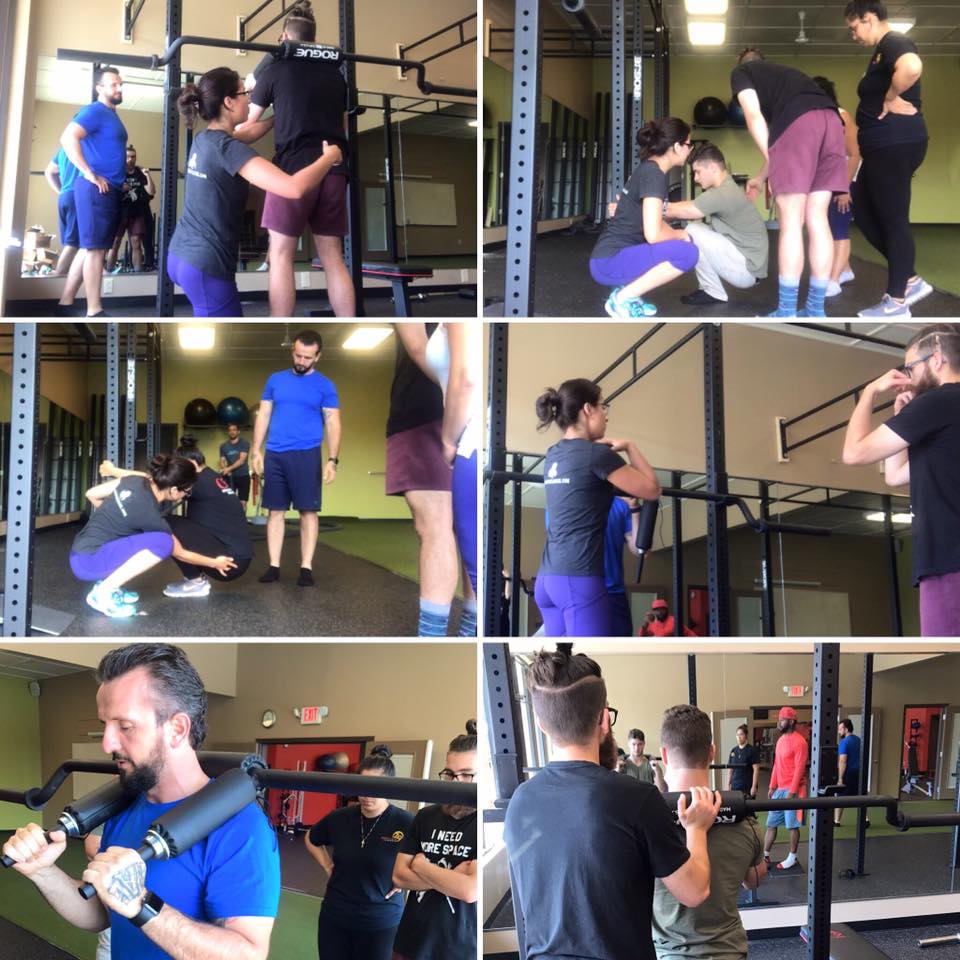
Just don’t take my advice on business management, money, relationships, organization, and stress management.
Because of my crazy obsession with coaching, my bullshit meter for it is on an all-time high. I can usually tell when someone is teaching something that won’t work. If someone posts a move, saying it’s a good one to try, I can quickly predict if a client can realistically execute it.
The people who shares stuff that makes my bullshit meter go off are those who work 100% online.
A lot of coaches have the goal to get off the real training floor and into a purely online platform. Travel the world and post Instagram pictures of their computer by a beach with the caption “my office for the day”.
They set themselves up where they can make money by not working with people IN PERSON. A lot of them who were mentors while they trained people in a gym setting continue to be mentors and put out online products and/or sell seminars to the masses.
Ahh, Passive Income
That career path may work if you’re a fitness business mentor, but if you’re a coaching mentor, that can’t happen.
Imagine taking coaching advice from Jon Goodman. I love the guy. I buy every single one of his business books and products. I send ALL the students his work. I teach a class based off his book, but I would never take coaching advice from him.
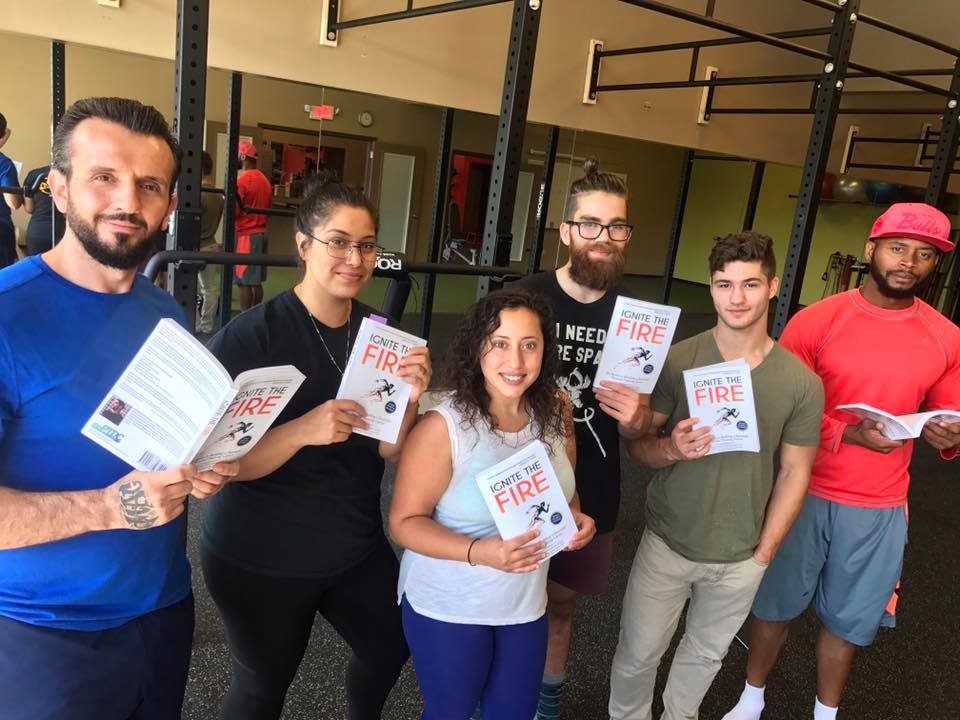
I want to learn from someone who is training multiple people RIGHT NOW. Every single week.
I don’t know about you, but I don’t want to learn how to coach from someone who hasn’t set foot on a real training floor in the last 5-10 years. Even if the online guru is constantly taking continuing education courses and “keeping up with the latest information”, there’s a process a 100% online coaches are missing before they pass on information to their students/attendees.
Hands-on application is a crucial process that needs to happen before things get passed on. There’s a four-step process that ensures the information being taught works and is beneficial.
If this trial and error does not occur, those who are attempting to apply the information are set to fail; blaming themselves for not doing something right.
Step 1: The Mentor Learns Something
A mentor could learn a new way of looking at movement, new exercises, better progressions, coaching strategies, cues…etc
Information is taken in, and can be recognized and recalled.
This person will be able to test the material and witness other fitness and rehab pros try the new techniques out.
However, just because an activity works for a fit pro, doesn’t mean that that activity is worth teaching. I’ve seen fit pros post an exercise they’ve only tried on themselves; claiming it’s an amazing activity for x, y, and z. But when I try the same move with clients, 95% of them fail miserably. An activity that does wonders for a fit pro might not work with the general population, which is who most coaches work with.
Step 2: Failure, Application, and Systemization with Clients
This is the step online coaches can’t implement.
Do you know who takes cues well and can perform new activities with perfect execution? Me, the fit pro. Guess who else? All the people who attended that course.
Guess who doesn’t?
General pop clients. YOUR clients.
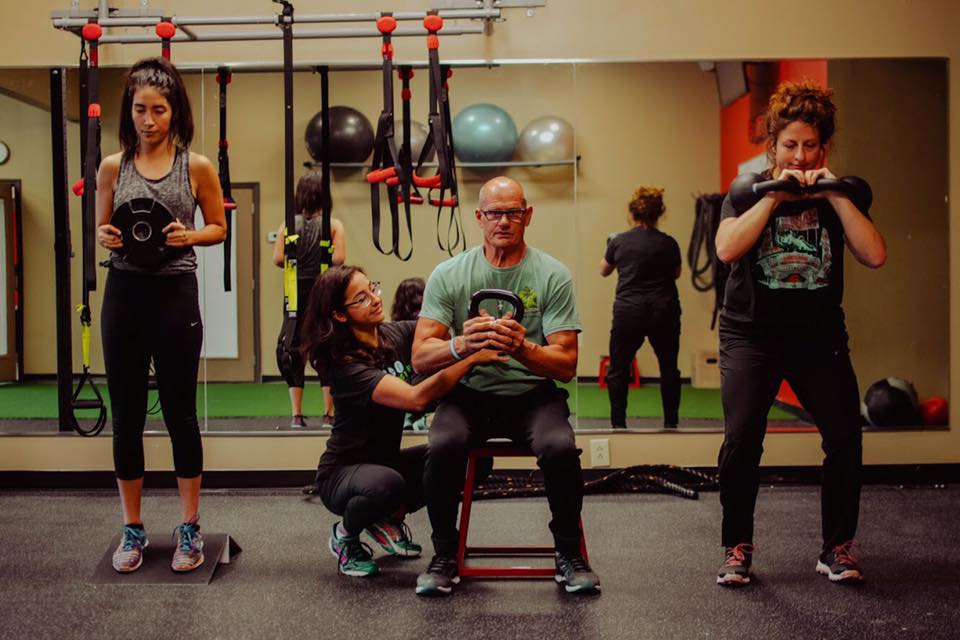
Before I can successfully implement something that I’ve learned, I have to go through a stage where I’m failing and working out on all the kinks.
Even clients at my gym know I do this. Last year, a client I’ve had for 6 years walks in and sees people upside down and jokingly says “go ahead and work out all the kinks before you have me try any of this stuff”.
This process is what people who are 100% online cannot do.
I can learn a new intervention, try it on 5-10 people a day to see if it’s both an activity worth pursuing and worth teaching to others.
I accomplish this task by figuring out the easiest way to coach/demo the activity, who it works for and doesn’t work for, which cues are best, which results are consistently reproduced from the activity, potential compensations seen with performing the move, and most importantly, how I can make what I’m doing meaningful for whatever the clients goals are.
That last piece is huge. Making it meaningful for the client. It’s one thing to speak nerdy trainer language, but how do you make things flow well in client language? You know what your clients don’t understand or care about? ZOA, rib cage retraction, counternutation, and pressure management.
Getting down to the client’s takes practice and a bunch of messing up. You have figure out which words will help clients understand, but most importantly, make it meaningful for them.
Getting client buy in is KEY for successful execution, and just like I practice and fail coaching new things, I also practice explaining concepts until I get it right.
Online gurus are not going to email all their online clients (if they even have clients), interrupt their online program and work on all the kinks to see if new things work.
Step 3: Failure, Application, and Systemization with Mentees
Succeeding with clients is one thing, but can you succeed with your mentees?
Can you help someone recreate what you just did? Can you organize the material to where it’s applicable, makes sense, flows, and allows coaches who don’t have your experience to follow along?
My first time around with teaching a coach something new is always iffy, and it keeps getting better after the first time.
It was like the Zac’s first Human Matrix. He’s the best PT around but if you compared his first seminar to his 9th one, it has gotten SO MUCH BETTER because it takes practice to figure out how to get others to recreate what you do in with your clients/patients.
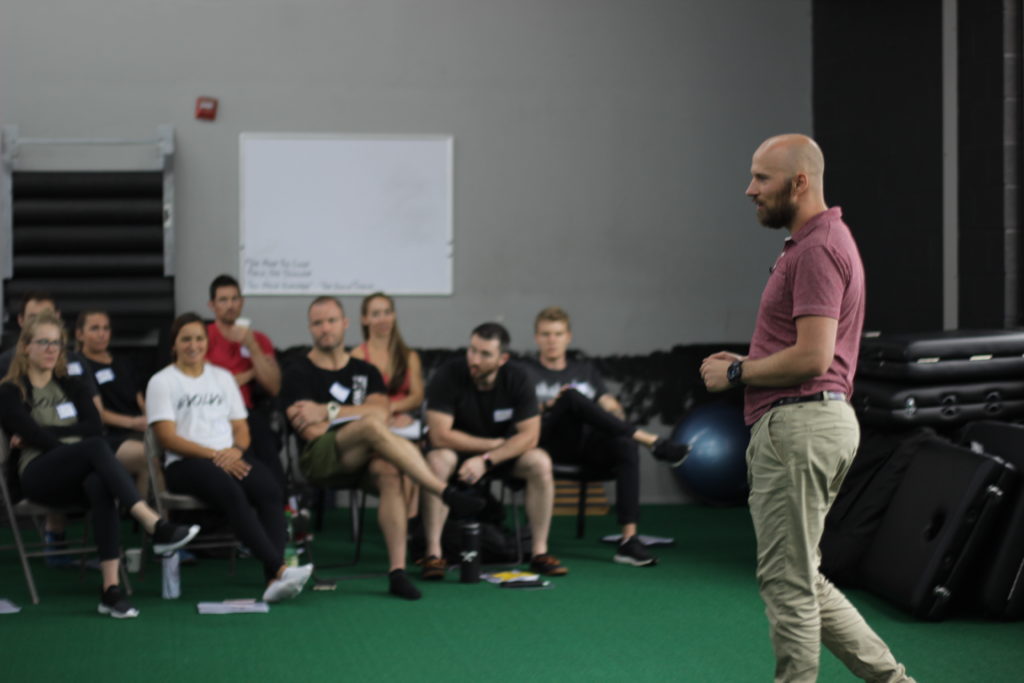
I am fortunate that I work with students where I get to watch my work fail. I test them, they fail, which both shows I failed at teaching them and where I need to improve my message. I’m also fortunate to work with people like Levi Kirkpatrick who possesses a skillset I lack, to help me with this step.
Unless a speaker asks for feedback or watches attendees implement what they learned back at home, they’re not getting better at what they teach.
You know how many people just fake head nod at seminars when the speaker is going over everyone’s head? That speaker just gets their ego fed, don’t improve, and leave with a false sense of accomplishment. When in reality, those attendees are going to go home and fail on Monday.
Step 4: Teach it to the Masses
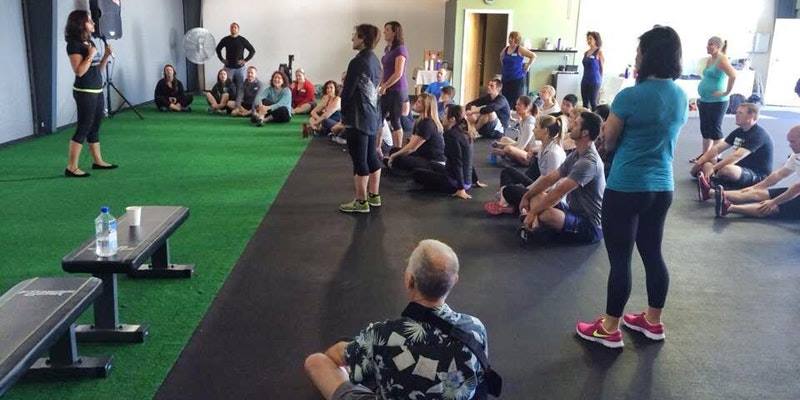
Once you’ve gone through steps one through three, then, and only then, is your information ready to be passed on. This info can be shared through online products, seminars, workshops, in-services, blogging, social media posts, mentoring…you name it.
Sum Up
If you’re the consumer who wants to get better at coaching, make sure your mentor has gone through all these steps, or you’ll be left feeling frustrated and confused on why you can’t seem to do what everyone else is doing.
To summarize:
- Pick mentors who practice what they preach.
- The 100% online trainer may not be the best mentor because they can’t receive feedback with material as readily
- Before teaching material, one must learn, fail, apply, and systematize with both clients AND mentees before teaching to the masses
If you want to learn a way to coach movement that has undergone the above process, Lucy and Michelle aka “Coach Bo” Boland are offering their seminar: A Consistent Approach to Coaching.
This seminar will take place at Hype Gym in New York City on Sunday, September 29th 2019. Want to sign up? Get your tickets here (early bird ends August 30th).
About the Author
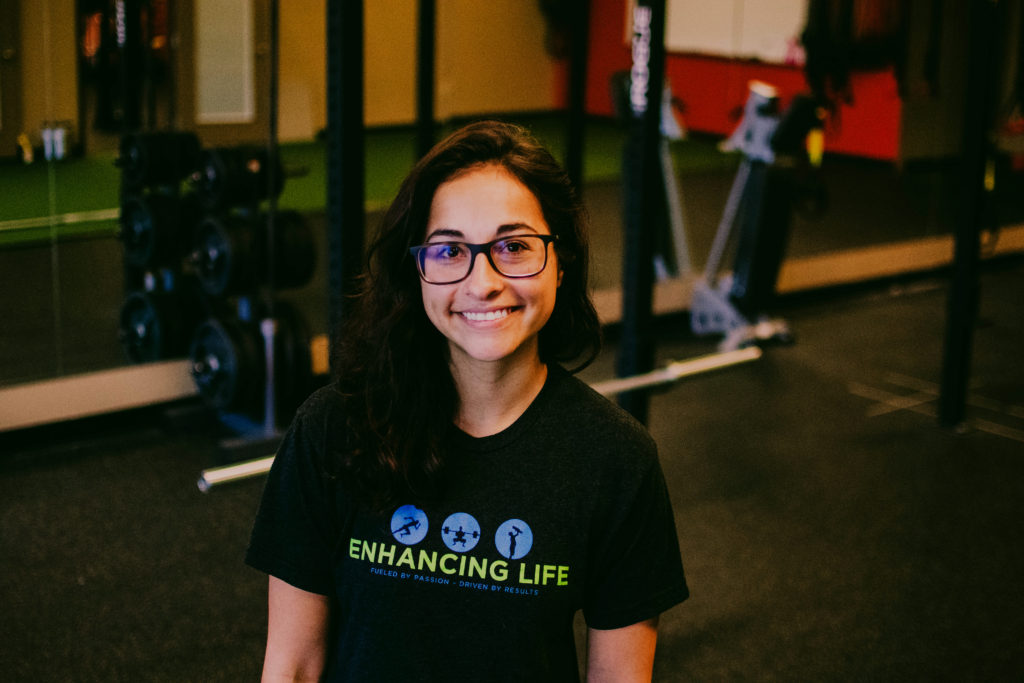
Lucy Hendricks is the owner and founder of Holistic Fitness Connector and co-owner of Enhancing Life (Lexington, KY). She also is the lead instructor at an accredited personal training school, The Lexington Healing Arts Academy Personal Training Program. She is a personal trainer that takes a holistic approach to health and fitness, licensed massage therapist, blogger, and speaker.
Lucy is mostly known for her ability to progress people through the basics and getting immediate improvements in movement. She helps coaches who have clients who have been hindered by movement limitations get back to what they love; whether it’s a competitive sport, general strength training, or living a life without pain.
You can find Lucy at:
Her website, Holistic Fitness Connector
Follow on Facebook
Instagram @Lucy_Hendricks

